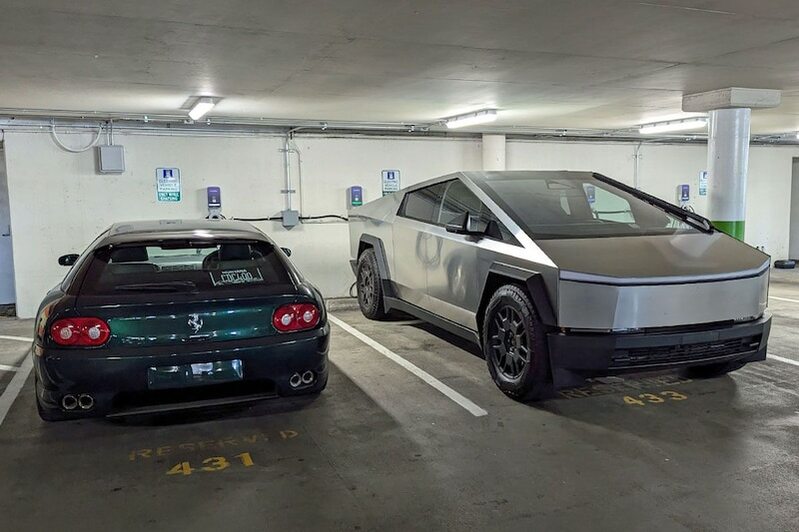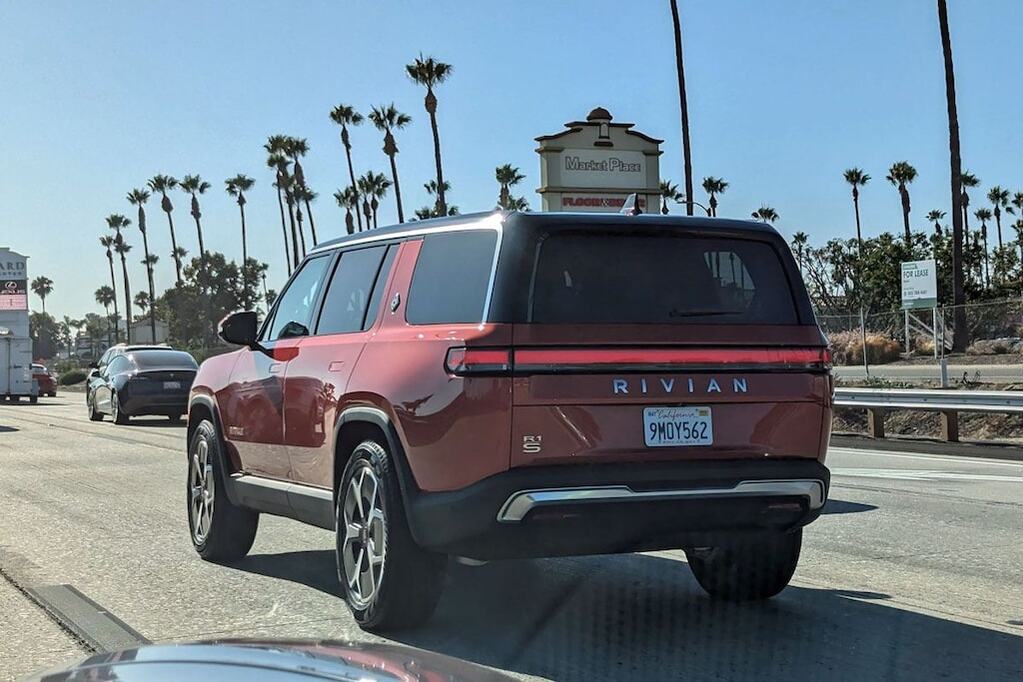Senate Puts A Stop To It

California, like the European Union, had previously announced a ban on the sale of cars with combustion engines by 2035. However, there is one important difference with the European variant: the Californian plan is not going through. This also has consequences for other American states.
That’s also coincidental: yesterday, columnist Bas van Putten reported on the interesting car world in the American state of California, today it turns out that the plan to almost completely electrify by 2035 has been rejected by the American Senate. That is reported by, among others, news agency Reuters. Bas’ idea that full electrification is still a long way off in America’s most progressive state turns out to be completely correct.
The scrapping of the ambitious 2035 goal is certainly not a choice of California itself, but the result of a vote in the national Senate that was held in response to lobbying by, among others, Toyota and General Motors, who are strongly opposed to the Californian measure. The scrapping of the measure has (like the measure itself, of course) major consequences for the American car market. Not only does California account for 11 percent of total car sales in the US on its own, there are also 11 other states that follow Californian instead of national rules when it comes to emission requirements. This has been the case for ages, but President Trump has been openly opposed to this own policy since his first term. For him too, reversing the California ban is therefore a victory, although that step still formally needs his signature.

Rivian, among others, is doing good business with its EVs in California, but it is not enough for the state’s goals.
The California ban on combustion engines was just short of a total ban, but meant that 80 percent of sales in 2035 had to be fully electric. The remaining 20 percent would still be allowed to have a combustion engine from that year, but only in the application of a plug-in hybrid. Just like in Europe, there are also all kinds of ‘intermediate goals’ in California, such as an electric share of 35 percent in the sale of light vehicles in 2026. Also just like in Europe, this is meeting with resistance from car manufacturers, because the demand for this type of car in practice lags behind the stated goals.
On the photo at the top of this story, taken at a California charging point, half of the car park has already been electrified. The other half is also allowed to be there.